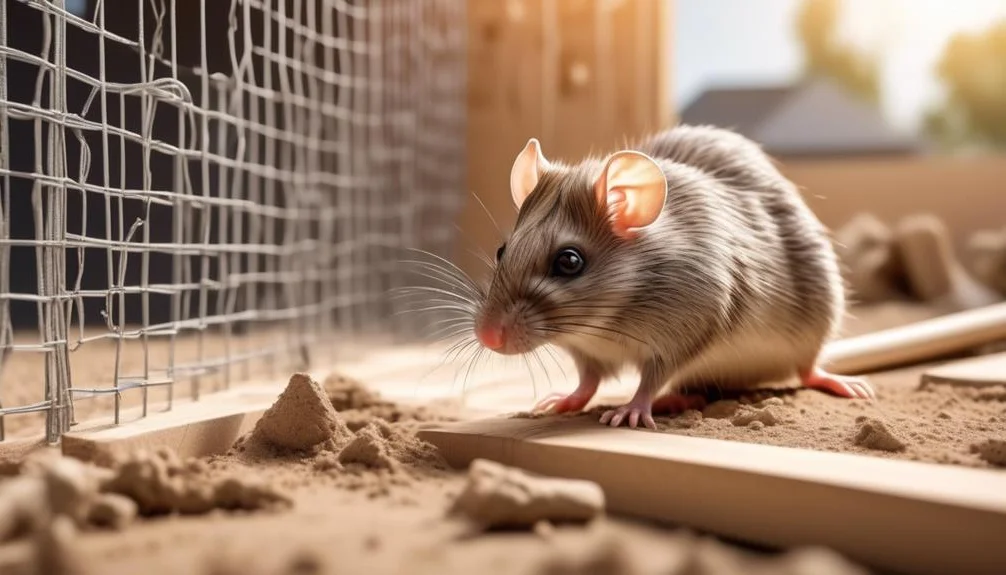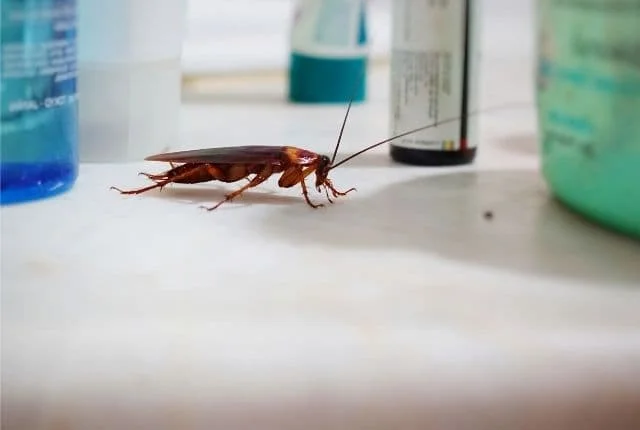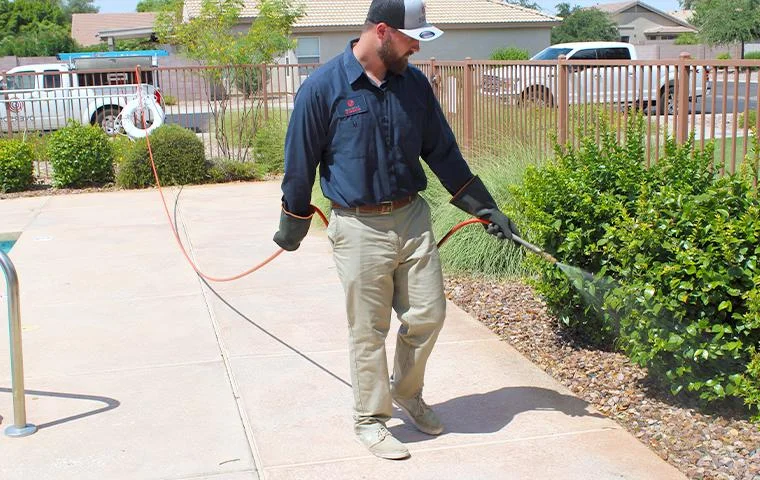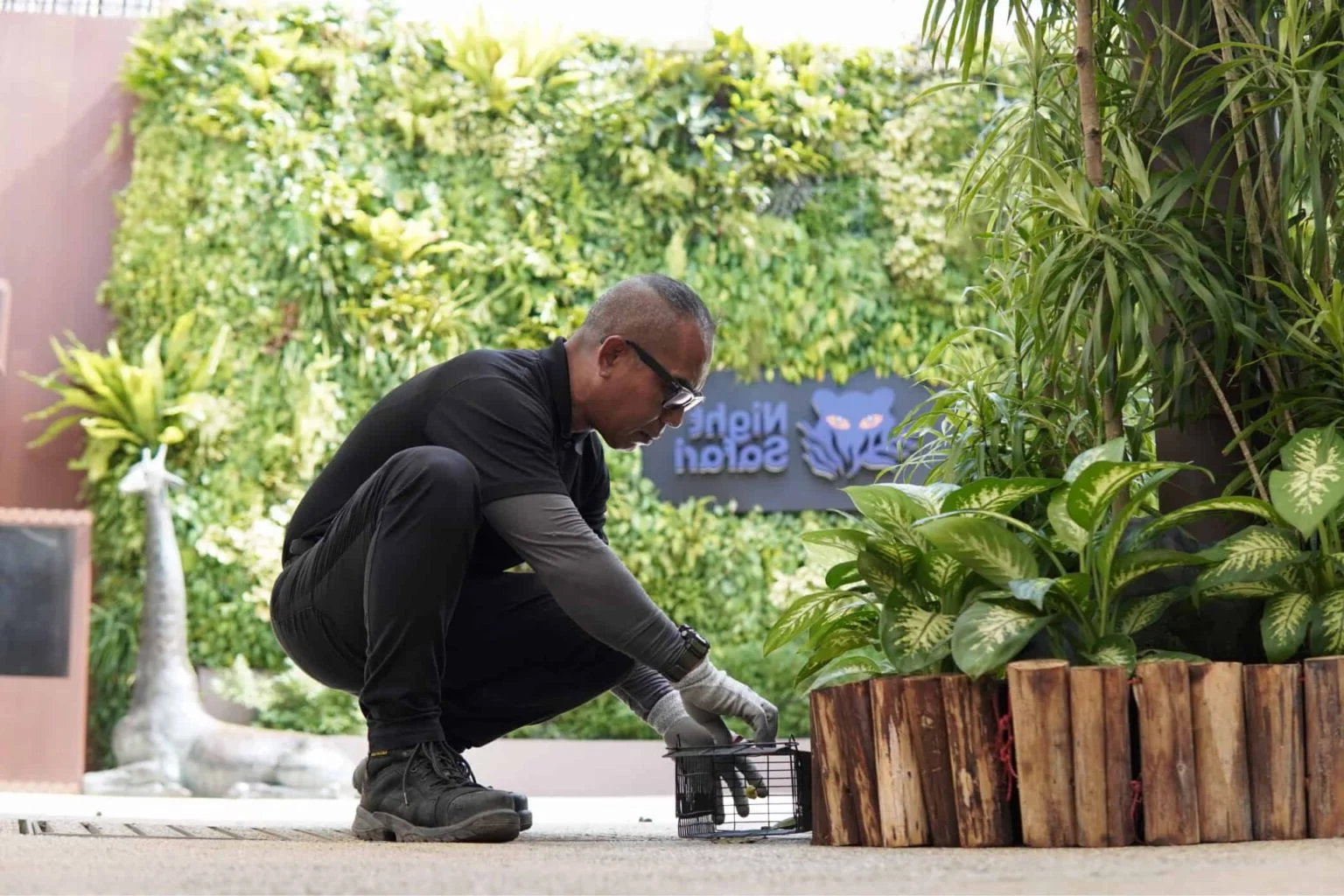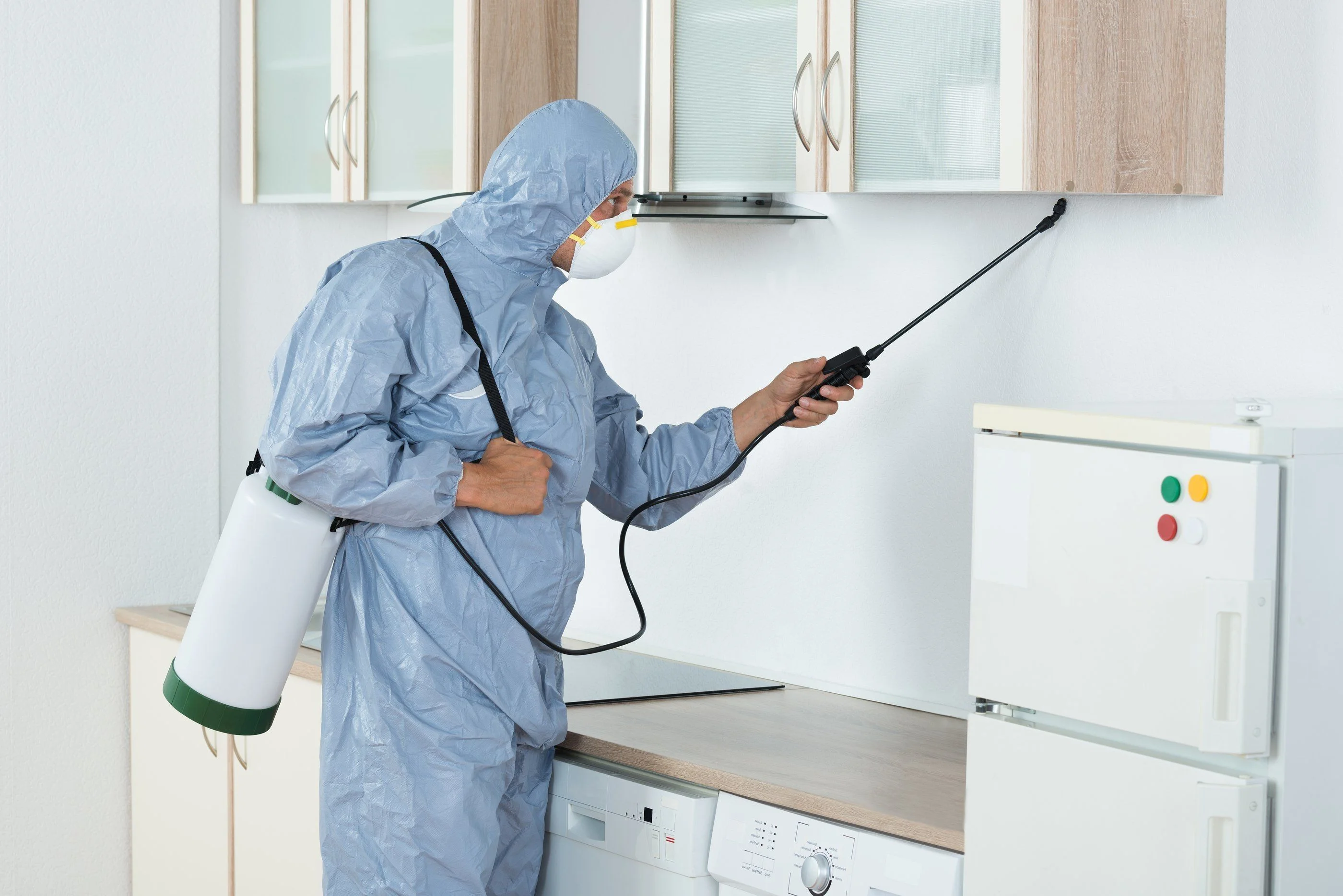Hudson Valley
Including: Poughkeepsie, Newburgh, Kingston, White Plains, Tarrytown, New Rochelle, Yonkers
The Hudson Valley region combines historic communities with suburban development, agricultural areas, and natural reserves creating diverse pest management requirements. The area experiences substantial tick populations creating pronounced Lyme disease risk throughout the region, significant carpenter ant pressure in wooded settings, and diverse rodent challenges in both urban centers and rural properties requiring comprehensive management approaches. The region features numerous historic structures requiring customized pest protection approaches preserving irreplaceable architectural elements while preventing pest damage to these cultural treasures. The Hudson Valley's position as a bedroom community for New York City creates specialized pest movement patterns through daily commuter traffic potentially introducing urban pest populations to suburban communities through regular transportation connections. Commercial properties throughout the Hudson Valley face protection challenges supporting diverse business operations including hospitality venues, healthcare facilities, educational institutions, and retail establishments requiring customized solutions addressing their specific operational requirements. Residential services address both historic properties in established communities and newer suburban developments, each requiring different protection approaches based on construction characteristics and surrounding environmental influences. The region's strong environmental focus creates emphasis on eco-friendly management strategies protecting the watershed feeding both the Hudson River and New York City's water supply, requiring careful implementation balancing effective pest management with environmental stewardship throughout this ecologically significant corridor.
Capital Region
Including: Albany, Schenectady, Troy, Saratoga Springs, Clifton Park, Colonie
The Capital Region combines urban centers with suburban communities and rural areas creating diverse pest management requirements across varied environmental settings. The area experiences significant rodent pressure in urban communities, pronounced seasonal pest cycles throughout suburban neighborhoods, and specialized agricultural pest challenges in surrounding rural properties. The region's substantial temperature fluctuations create distinctive seasonal invasion patterns as pests seek shelter during harsh winter conditions, requiring comprehensive exclusion strategies preventing structural entry during seasonal transition periods. Commercial properties throughout the Capital Region face protection challenges supporting diverse operations including government facilities, healthcare institutions, educational campuses, and hospitality venues requiring customized solutions addressing their specific operational requirements. Residential services address both urban properties in core cities and surrounding suburban communities with different pest vulnerability patterns based on construction characteristics, density patterns, and adjacent habitat features influencing which pest species create primary pressure in different settings.
Adirondack and North Country
Including: Lake Placid, Plattsburgh, Watertown, Lake George, Tupper Lake, Old Forge
The Adirondack and North Country regions feature wilderness areas interspersed with small communities, seasonal properties, and extensive outdoor recreation facilities creating specialized pest management requirements. The area experiences significant seasonal pest cycles with pronounced warm-weather insect pressure including mosquitoes, black flies, and ticks affecting both residents and visitors throughout peak tourism periods. The region faces substantial rodent challenges during cold seasons as these persistent pests seek winter shelter in human structures throughout rural communities lacking the dense urban infrastructure supporting year-round populations in more developed areas. Commercial properties throughout these regions face protection challenges supporting tourism operations including resorts, camps, and hospitality venues requiring effective protection without diminishing natural experiences for visitors. Residential services address both year-round homes and substantial seasonal properties including vacation homes and camps requiring specialized protection schedules based on occupancy patterns and remote location challenges including limited service availability in some wilderness areas.
Central New York
Including: Syracuse, Utica, Rome, Ithaca, Cortland, Auburn, Oswego
Central New York combines mid-sized urban centers with college towns, suburban communities, and agricultural areas creating diverse pest management requirements across varied environmental settings. The region experiences significant overwintering pest pressure with cluster flies, ladybugs, and stink bugs creating seasonal invasion challenges for many structures throughout fall months. The area's substantial agricultural operations create specialized boundary challenges where crop pests potentially impact residential communities in transitional zones between these different land use patterns. Commercial properties throughout Central New York face protection challenges supporting diverse operations including manufacturing facilities, healthcare institutions, educational campuses with significant international populations, and food processing operations requiring customized solutions addressing their specific operational requirements. Residential services address both urban properties in core cities, surrounding suburban developments, historic homes in established neighborhoods, and rural properties with different pest vulnerability patterns based on construction characteristics, surrounding habitat features, and regional pest distribution patterns influenced by larger landscape characteristics.
Finger Lakes
Including: Rochester, Canandaigua, Geneva, Auburn, Corning, Seneca Falls
The Finger Lakes region combines urban centers with smaller communities amid agricultural operations, vineyard developments, and recreational areas creating diverse pest management requirements across varied environmental settings. The area experiences significant seasonal pest patterns with pronounced activity during summer tourism months through waterfront environments supporting mosquitoes and other moisture-dependent species. The region's substantial agricultural and wine industry creates specialized protection requirements balancing effective pest management with protection for sensitive crops, pollinators, and other beneficial species essential for these operations. Commercial properties throughout the Finger Lakes face protection challenges supporting diverse operations including tourism facilities, wineries, food production operations, healthcare institutions, and manufacturing facilities requiring customized solutions addressing their specific operational requirements. Residential services address both urban properties in larger cities, waterfront homes with specialized moisture-related pest challenges, agricultural properties, and rural communities with different pest vulnerability patterns based on surrounding environmental features influencing local pest population composition and behavior patterns.
Western New York
Including: Buffalo, Niagara Falls, Jamestown, Batavia, Lockport, Fredonia
Western New York combines urban centers with industrial communities, suburban development, and agricultural areas creating diverse pest management requirements across varied economic and environmental settings. The region experiences substantial rodent pressure throughout urban cores, pronounced seasonal pest cycles during warm months, and substantial overwintering pest challenges as insects seek shelter before harsh winter conditions arrive. The area's proximity to international borders creates unique pest introduction potential through both commercial shipping and tourism connections potentially introducing non-native species requiring specialized identification and management approaches different from established local populations. Commercial properties throughout Western New York face protection challenges supporting diverse operations including manufacturing facilities, tourism operations around Niagara Falls, healthcare institutions, educational campuses, and food processing facilities requiring customized solutions addressing their specific operational requirements. Residential services address both urban properties in core Buffalo neighborhoods, suburban communities, historic properties in established areas, and rural homes with different pest vulnerability patterns based on construction characteristics, density patterns, and surrounding habitat features creating unique protection requirements throughout various communities comprising this diverse region.


